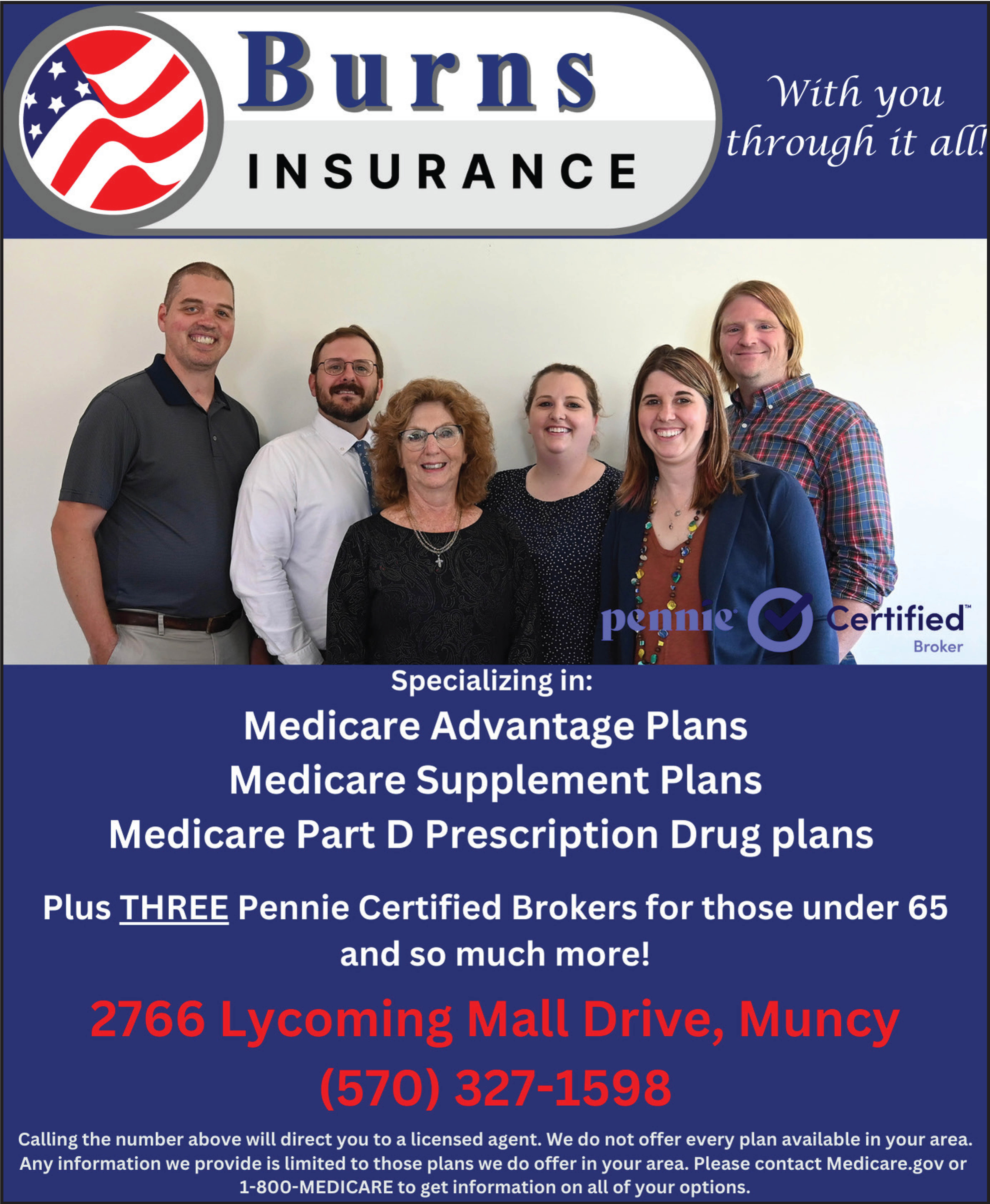As we approach the opening of another trout season, the two questions I find a lot of people asking are “Where should I fish”? and “What should I use”? There are several factors to consider when it comes to the question of where to go. Certainly, the weather is a consideration; high wind and bitter cold may influence where you go — and whether you go at all. Something else that enters the equation is water conditions. High, muddy water from heavy rains can put a serious damper on your chances of success.
Another thing to consider is what type of water you like to fish when it comes to trout fishing. When I fish for trout, I like the moving water of a typical trout stream, but others prefer the still, quiet water of a lake. Bank fishing may limit your chances on a lake, but even in a boat, to be successful, you will likely have to find those schools of recently stocked trout.
Of course, once you decide where you will spend that opening day and the days to come, you must decide what to use to catch those trout. I’ll be honest; I don’t think there is any one lure or technique that’s a guarantee. No doubt, most of those early-season fishermen will be using open-faced spinning tackle, but there is an increasing number of fishermen using fly fishing gear as well.
You can bet that live bait like minnows, worms, wax worms, and similar baits will be at the business end of a lot of those spinning outfits.
Other “baits,” like Berkley’s wide selection of scented Power Baits and Gulp products, may also be an excellent choice for those early-season trout.
Good old salmon eggs can be very effective as well. In my high school years, that was all I used for trout, and I had great success on a number of our larger streams, like Pine Creek.
If you would rather pitch a lure, a small trout in-line spinner or a two or three-inch Rapala minnow imitation would be hard to beat.
I converted to fly fishing for trout many years ago and have had plenty of successful fishing outings casting an assortment of flies. Yes, it takes a little more practice and patience to learn fly casting, but once mastered, a variety of opportunities are available.
In those early days of the opening of trout season, most fly fishermen are working with nymphs — an imitation of a fly not yet hatched, but some other great choices are hand-tied flies that imitate salmon eggs or some kind of worm.
These egg and worm patterns come in a variety of colors, including pink, yellow, chartreuse, black, and variations thereof.
In recent years the mop-fly — literally a chunk of colored mop tied to a hook — has become a popular fly with many fly fishermen.
Certainly, minnow imitations which include a variety of streamer-type flies, can be a good choice, especially in the early season.
However, the beauty of trout fishing with a fly outfit is when the trout turn on to taking dry flies on the surface-a hatch. Often, the only thing a trout will take is whatever is hatching, and if you drift the right fly over the top of a rising trout, it can be very rewarding.
We’ve looked at where to go and what to use when trout fishing, but I would be remiss if I didn’t mention another very important factor — “how.” In other words, you can be at the right place using the right thing, but if you don’t present it properly with the right equipment, success may elude you.
Make sure your gear is sized to the fish that you are after, and that includes reel sizes, line strength, rod size, and weight. It’s also very important that you present or fish your offering properly.
It would take pages of more written material to get into the presentation alone, and I’m out of space, but if you are not sure, try to go with someone who has a good understanding of the proper presentation with whatever type of equipment and lure or bait you plan to use.
In the meantime, good luck trout fishing, and you may want to limit your take home catch — that means there will be more fish there when you go back the next time.



